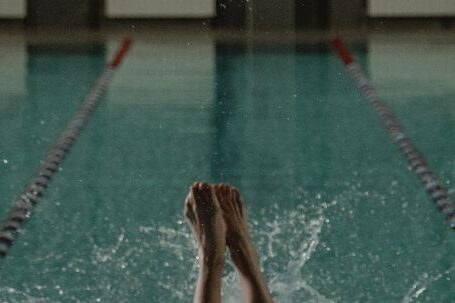Diving is an exhilarating and awe-inspiring activity that allows us to explore the wonders of the underwater world. For divers who want to expand their horizons and venture into colder waters, mastering dry suit techniques is essential. A dry suit is a watertight garment that provides insulation and keeps the diver dry, allowing them to dive comfortably in cold water conditions. In this article, we will explore the various techniques that can help enhance your diving skills with a dry suit.
Understanding the Dry Suit
Before we delve into the techniques, it’s important to have a good understanding of the dry suit itself. Unlike a wetsuit that allows water to enter and trap a thin layer against the body, a dry suit keeps the diver completely dry. It is typically made of neoprene or a similar material and features seals at the wrists, neck, and ankles to prevent water from entering. Additionally, dry suits are equipped with an inflation valve and a dump valve, which allow the diver to control the suit’s buoyancy.
Mastering Buoyancy Control
Buoyancy control is a crucial skill for any diver, and it becomes even more important when using a dry suit. The air trapped inside the suit can affect buoyancy, so it’s essential to practice and fine-tune your control. To maintain neutral buoyancy, start by adding small bursts of air into the suit to compensate for compression at depth. Similarly, releasing small amounts of air through the dump valve will help maintain a steady descent or ascent.
Proper Weight Distribution
Achieving proper weight distribution is vital when diving with a dry suit. The added insulation and air trapped inside the suit can change your body’s buoyancy, potentially causing an imbalance. To counteract this, distribute your weights evenly between your integrated weight system and weight belt. Experiment with different weight configurations to find the perfect balance that allows you to maintain neutral buoyancy throughout the dive.
Mastering Trim and Trim Positions
Trim refers to the diver’s horizontal position in the water, and mastering it is crucial for efficient movement underwater. With a dry suit, it’s important to maintain a slight feet-down trim to allow air to migrate to the upper part of the suit, providing insulation to the core of the body. Practice adjusting your body position and finning technique to achieve the optimal trim and minimize drag, allowing for more streamlined and effortless dives.
Proper Maintenance and Care
To ensure the longevity and effectiveness of your dry suit, proper maintenance and care are essential. Rinse your suit with freshwater after each dive to remove salt and debris, paying close attention to the seals and zippers. Store your suit in a cool, dry place away from direct sunlight to prevent damage. Regularly inspect and replace worn-out seals and valves to maintain the suit’s integrity.
Conclusion: Taking Your Diving to New Depths
Mastering dry suit techniques opens up a whole new world of diving possibilities. By understanding the principles of buoyancy control, weight distribution, trim, and proper maintenance, you can enhance your diving skills and explore colder waters with confidence. Remember to always practice these techniques in a controlled environment and seek proper training from a certified diving instructor. So gear up, dive in, and let the wonders of the underwater world unfold before your eyes.





